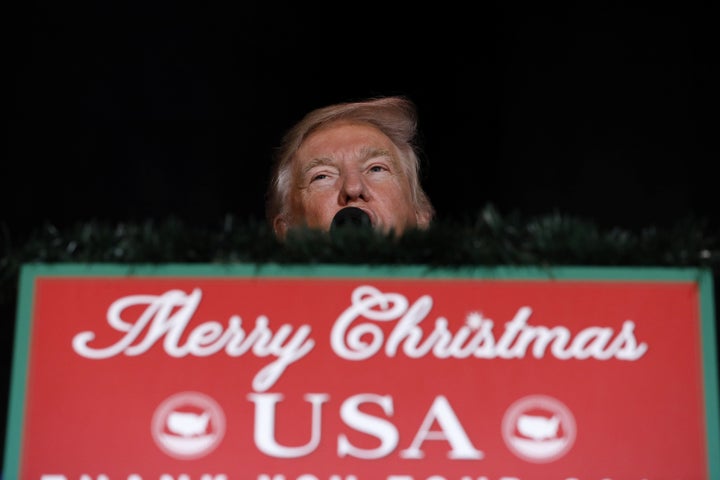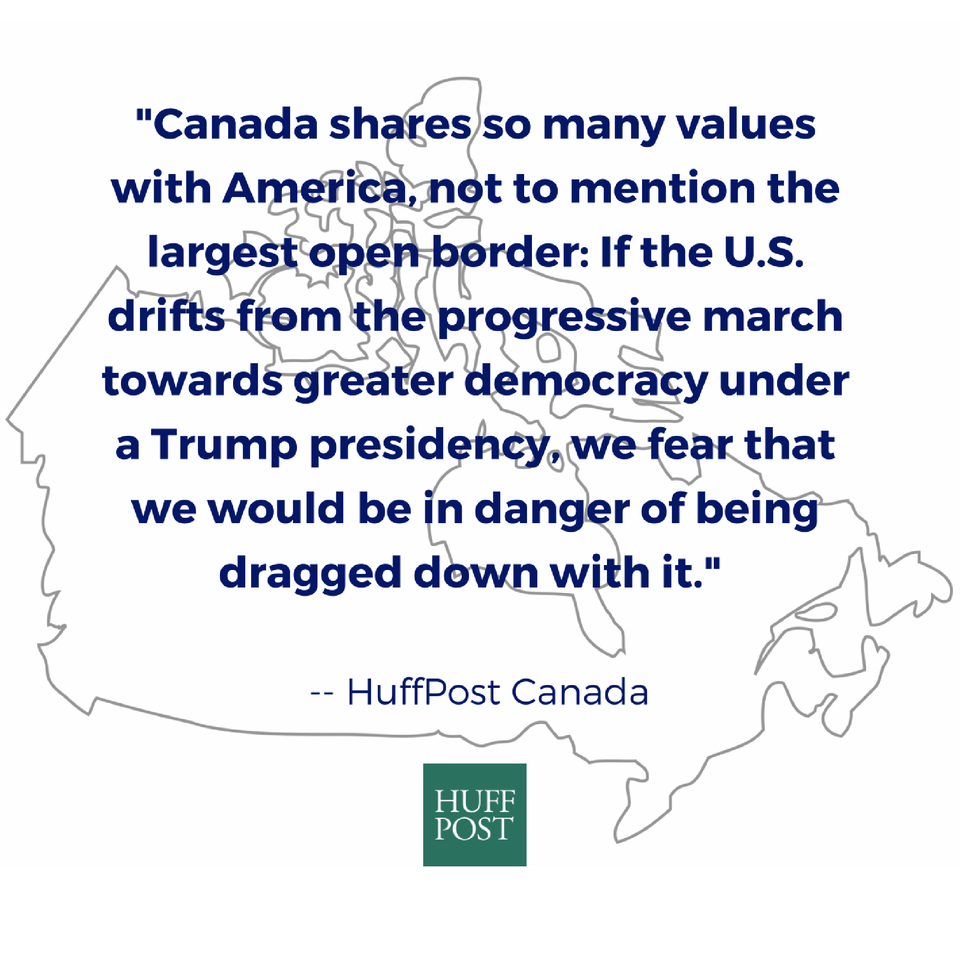
Back in August, nuclear experts told us that the idea of a nuclear-armed President Donald Trump had them on the edge. With Trump now officially headed to the White House and still using Twitter to offer vague policy announcements, their fears are no longer based on hypotheticals.
In a tweet Thursday, Trump raised eyebrows by calling for an expansion of the United States’ nuclear capability.
“The United States must greatly strengthen and expand its nuclear capability until such time as the world comes to its senses regarding nukes,” the president-elect wrote.
It’s not clear whether Trump was expressing support for modernizing the nation’s aging nuclear arsenal or for stockpiling more nukes in the U.S. But either way, the message left a number of experts on nuclear arms profoundly disturbed, especially as it arrived just hours after Russian President Vladimir Putin called for a similar strengthening of Russian nuclear forces.
“We need to strengthen the military potential of strategic nuclear forces, especially with missile complexes that can reliably penetrate any existing and prospective missile defense systems,” Putin said, according to Agence France-Presse. “We must carefully monitor any changes in the balance of power and in the political-military situation in the world, especially along Russian borders, and quickly adapt plans for neutralizing threats to our country.”
Noam Chomsky, the renowned scholar and Massachusetts Institute of Technology professor emeritus, said that Trump’s tweet was “one of the most frightening statements I’ve seen recently.”
“Putin’s is bad enough,” Chomsky said, “but at least it has a defensive cast. It’s about Russia’s borders, not Mexico’s.”
Chomsky also suggested these statements could prompt a change to the Bulletin of the Atomic Scientists’ Doomsday Clock ― a symbolic representation of how close humanity is to global catastrophe ― which is due to be updated in early 2017. Since 2015, the clock has been set at three minutes to midnight.
“[The clock] just might move even closer to midnight,” Chomsky said.
Although Thursday’s tweet was Trump’s first public comment about nuclear weaponry as president-elect, experts have been sounding the alarm for months about the possibility of him engaging in this sort of escalation.
Come January, Trump will have “virtually unlimited power to rain down nuclear weapons on any adversarial regime and country at any time,” which could extinguish “hundreds of millions of lives” in just a few hours, wrote Bruce Blair, a nuclear safety expert at Princeton University, in a chilling piece earlier this year about the state of affairs with Trump’s finger on “the button.”
Blair and others have also questioned whether Trump has the temperament to handle the proverbial 3 a.m. call giving notice that a nuclear strike is imminent. With just 30 minutes to deal with missiles launched from Russia or China (and 12 minutes or less for missiles launched from submarines in the Atlantic Ocean), the president must have the brainpower and steadiness to confront such a crisis.
Trump has shown a seemingly blasé attitude toward the idea of nuclear engagement. He’s refused to rule out using tactical nuclear weapons in the war against the militant group that calls itself the Islamic State, and has sounded cavalier about the use of nuclear weaponry, going so far as to ask why the U.S. has nuclear weapons if it can’t use them. Trump has also declined to rule out using nuclear weapons in Europe.
People like John Noonan, a Republican national security expert who advised former GOP presidential candidates Jeb Bush and Mitt Romney, were left to argue that Trump’s propensity to lash out against anyone who criticizes him would not mix well with weapons of mass destruction.
Trump’s latest remarks come amid a broader debate about a possible new nuclear arms race ― one that some fear could spiral into a nuclear war.
“This is a very bad sign,” Kingston Reif, director of disarmament and threat reduction policy for the Arms Control Association, said about Trump’s position on nuclear arms.
“Even before these recent statements, the path we have been on is reckless and ill-advised and in need of a major course correction,” Reif said. “Pouring more gasoline on the fire is exactly the opposite of what is needed.”
The current U.S. arsenal of approximately 4,600 nuclear warheads “exceeds” the nation’s security requirements, said Reif. And even if Trump’s tweet referred to sustaining and modernizing this arsenal, at a cost of over $1 trillion over the next 30 years, Reif believes that’s still “unsustainable.”
The meaning of Trump’s comments wasn’t entirely clear, in part because he weighed in on the incredibly complex matter using Twitter, a medium that limits dispatches to 140 characters, said former Rep. John Tierney (D-Mass.), executive director of the Center for Arms Control and Non-Proliferation.
But Trump’s comments taken alone, and especially when coupled with Putin’s, “are heated and careless,” Tierney said. The U.S. and Russia should cooperate in the goal of reducing the role of nuclear weapons, as they have since the Cold War, he added.
“This is a time for leadership, not bravado,” Tierney said. “Russia and the U.S. already own over 93 percent of the world’s nuclear arsenal ― more than enough to deter the other and destroy humanity. This is a time for both Donald Trump and Vladimir Putin to come to their senses. Billions of lives are at stake.”

